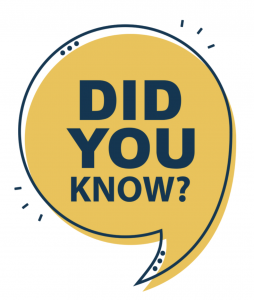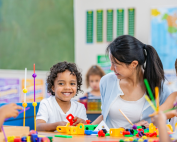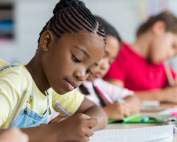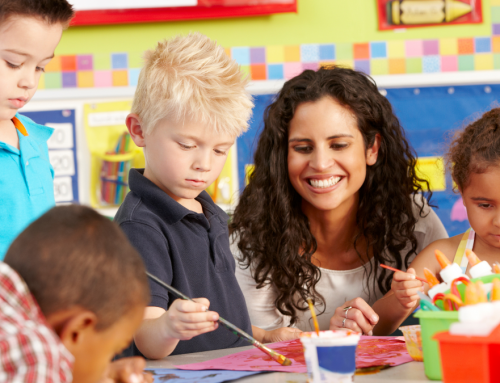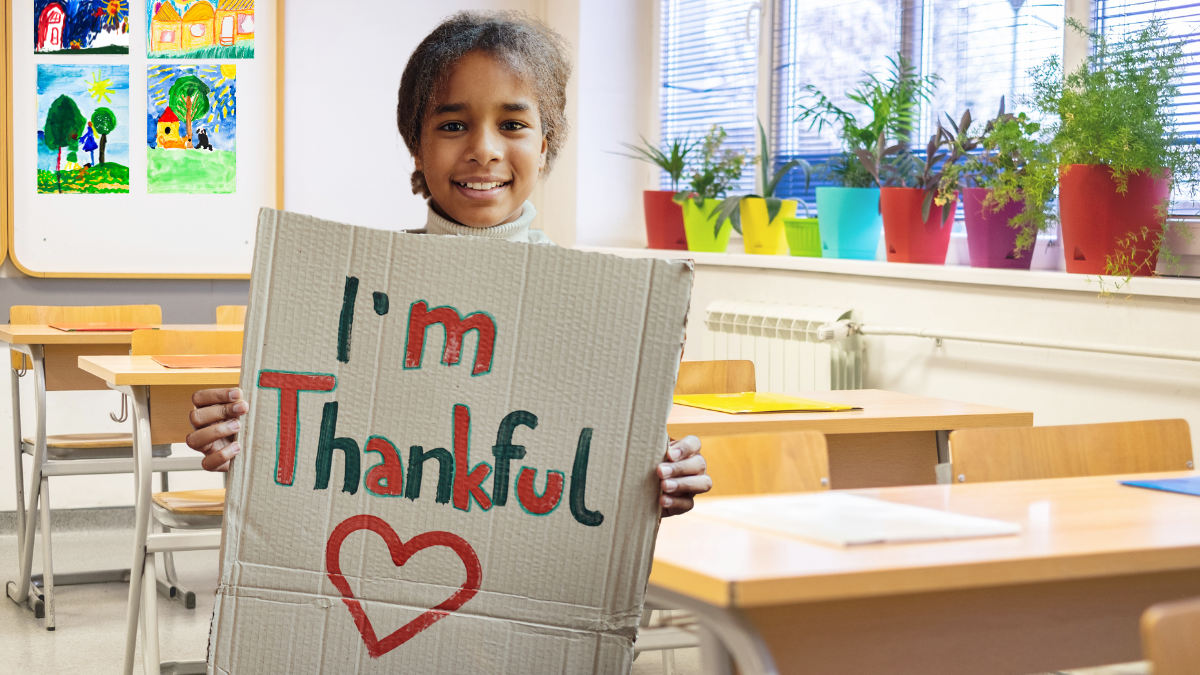
Easy Gratitude Activities to Build Joy and Connection
Gratitude is more than a feel-good moment. It is a mindset that builds resilience, connection, and emotional well-being. Research shows that practicing gratitude releases oxytocin and dopamine, helping students feel grounded, optimistic, and better able to regulate their emotions.
In classrooms today, students and teachers alike are navigating fuller schedules, bigger feelings, and higher demands. Taking even a minute to pause and notice the good can create a meaningful shift in the way a day unfolds. Gratitude offers a simple way to slow down, reconnect, and remind students that small moments matter. It can also help build a classroom culture where students feel seen, valued, and supported.
The best part is that gratitude practices do not require elaborate materials or extra planning. With a few consistent routines, you can build habits that nurture joy and connection without adding to your already full plate.
Below, you will find four simple, low prep gratitude routines you can start right away:
- Gratitude Journals
- Gratitude Wall
- Acts of Kindness Challenge
- Micro Gratitude Moments
Each strategy is flexible, quick to set up, and designed to support busy teachers while helping students build positive habits.
“Gratitude is a small practice that creates big change.”
Gratitude Journals: Quick Daily or Weekly Reflections
Gratitude journaling gives students a short, calming pause in their day. This practice can take as little as two or three minutes.
Try these low prep options:
- Use sentence stems like “Today I noticed…”, “I am grateful for…”, or “One good thing from today…”
- Allow students to draw gratitude pictures instead of writing
- Encourage MLLs to write in their home languages
- Try short audio or video entries for tech-friendly classrooms
Model the routine by occasionally sharing your own reflection so students see that gratitude is about noticing the good, not being perfect.
Gratitude Wall: A Visual Way to Share Appreciation
A gratitude wall is a simple and high impact way to make appreciation visible.
How to set it up:
- Choose a bulletin board, door, or open wall space
- Provide sticky notes or slips of paper
- Offer weekly prompts such as:
- “Thank someone who helped you this week”
- “Something small that made me smile”
- “A mistake I learned from”
- “Thank someone who helped you this week”
Take a few minutes once a week to read a handful of notes together. This keeps the habit consistent but low pressure.
Acts of Kindness Challenge: Gratitude in Action
Acts of kindness help students understand that gratitude can be shared, not just recorded.
Try one of these flexible formats:
- Kindness Bingo with small, doable actions like holding a door or helping a classmate
- Weekly Kindness Goals created by the class or by individual students
- A Gratitude Spotlight where students nominate peers who demonstrated kindness or support
Keep the focus on positive acknowledgment instead of prizes. A simple shout-out or sticker is often enough.
Micro Gratitude Moments: 30 Seconds or Less
Gratitude does not need a full activity. Add brief routines into transitions throughout the day.
- Start class with a one word gratitude check-in
- End the day with “turn and thank a partner”
- Try a 60 second gratitude stretch where students name one thing they appreciate
These tiny practices help students build a habit of noticing the good.
Practicing gratitude for just 30 seconds can activate the part of the brain responsible for emotional regulation and connection.
Even the smallest gratitude moment can help students feel calmer and more focused.
How Teachers Can Model Gratitude
Students learn most from what they see. When teachers practice gratitude openly and authentically, it normalizes reflection and appreciation as part of classroom life.
Here are teacher-friendly ways to model gratitude without adding extra work:
- Share brief gratitude moments out loud.
“I am grateful for how you entered class today” or “I appreciated your teamwork during the activity.” - Include yourself in class routines.
Add your own sticky note to the gratitude wall or complete a journal prompt alongside students. - Name the small things.
“I noticed the sunlight coming through the window this morning and it made me smile.” - Acknowledge effort, not perfection.
Gratitude for perseverance and problem-solving models a growth mindset. - Use transitions as opportunities.
A one sentence gratitude reflection during lineup or dismissal shows how easily gratitude can fit into a busy day.
“When teachers model gratitude, the entire classroom learns to look for the good.”
Closing Thought
Gratitude grows through simple and authentic moments. When students name what they appreciate, even briefly, they begin to notice more of the good around them. When they feel appreciated, they show up with more confidence, curiosity, and joy.
Even during the busiest seasons, small gratitude practices can make your classroom feel lighter and more connected. And when teachers model gratitude, it creates a ripple effect that strengthens the entire classroom community.


